I. An Overview of Plums in America

● American prunes plum tree growing period and mature period
A prune plum tree starts to fructify fruit in four to six years after planting and comes to its full production capacity sometime between its eighth and twelfth year in the ground, and it can bear 150 to 300 pounds of raw fruit per year. The tree will continue to bear quality fruit on a commercial basis for about 30 years.
The prune plum tree is deciduous and goes inactive during the winter months. It is at this time that the grower cuts back and prunes each tree to regulate shape, control fruit size and maintain a healthy growth pattern.
While much of the nation still shivers under a blanket of snow, Springtime literally explodes in the California valleys. Blossoms burst in orchards stretching, and that produces a fragrant and white picture. The blossoms last for about a week, and as they fall, white translates to deep chartreuse as the new fruit begins to form and the leaf buds burst.
It is at this time that irrigation has to take over for natural rainfall, California valleys have a Mediterranean-type climate, so it confines its total rainfall to the late fall, winter and early spring months. Only rarely does it rain during blossom time or thereafter. While this necessitates the inconvenience and added expenses of irrigation, it also contributes to fruit quality assurance. California prune growers can plan and execute irrigation programs to eliminate the chance element inherent in an agricultural operation that is dependent on natural rainfall. In this way, the prune trees are given just the amount of water they need to augment the available groundwater.
● Harvesting of fresh plums
The orchards are ready for harvesting in the middle of August, and it generally needs to take about 30 days. As we are known, harvest time is determined by fruit ripeness, since prunes are one of the few fruits allowed to fully tree ripen before they are picked.
Due to the ever-increasing industry emphasis on fruit quality, the historical method of allowing the fruit to ripen and drop before gathering has disappeared. Formerly, the ground under the tree was smoothed and the soil pulverized to a powder to provide a soft blanket to catch the fruit as it fell. Then the fruit was gathered and taken to the dehydrating machine. This method required three to four picking steps to completely strip an orchard of its fruit and is obsolete now.
Today, the majority of prunes are harvested by machine. Mechanical harvesters grab the trunks, and the fruit is shaken off the tree. The prunes fall onto fabric catching frames and are then transported by conveyor belt into containers.
II. How to Produce Dried Prunes from Fresh Plums Industrially?
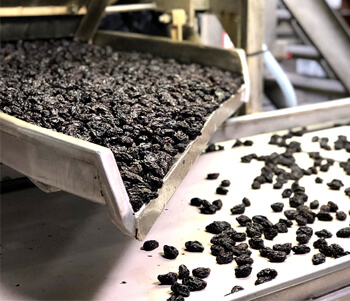


In America, plum is not only a kind of snack, and it can also match all kinds of raw materials and be made all kinds of delicious food such as salad, cake and so on. Plum has many processed products such as dried prunes, prune juice, prune pudding and so on. But the most popular is the dried prunes because of its advantages. Dried prunes are often eaten right from the package as a convenient, portable, nutritious snack.
In fact, not all plum varieties can be dried. The high sugar content and firm flesh of the American variety allows it to be dried without fermentation occurring around the pit. Dried prunes are industrially by air-drying fresh plums at 85-90 ℃ for 18 hours. Do you know how to process prunes into dried prunes? This needs a series of steps, and these include weighing, washing, dehydration, and packing. In these steps, the key part is dehydration (the drying process). Let’s talk about it in detail.
● Industrial drying of fresh plums
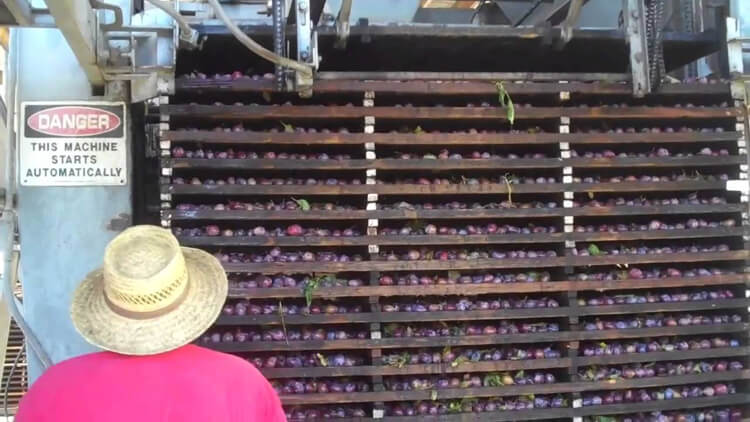
After weighing and washing, the plums are stacked onto trays and rolled into large tunnels where they are dehydrated to remove the surface water of plums. Then the plums are usually industrially dried in the ovens with hot air circulation, the wet moisture is taken out from prunes and is exhausted outside the drying chamber at the same time. The whole circulating system is completely closed, which can improve the thermal efficiency from traditional 3-7% to current 35-45%.
Here prunes are dehydrated in a series of scientifically controlled operations that are fully automated, strictly sanitary and highly efficient; and the drying temperature, humidity, and air circulation are strictly controlled. At the last, three pounds of fresh prunes become one pound of dried prunes in a short time, because super-sensitive thermostats take over and produce the uniformly high quality dried prunes that California is known for.
● The packing of dried prunes
From the dehydrator, they are sorted and pitted, and the dried prunes go to packing plants where they are graded for size, inspected, and stored to await final processing and packaging. Unlike most of the processed fruits, most dried prunes are packed to order. With each order, prunes are re-hydrated, sterilized, put through a final inspection and packaged for shipping.
III. The Benefits of Dried Prunes

Dried prunes are a high-energy snack that provides antioxidants, potassium, and fiber. These nutrients may help reduce the risk of some chronic diseases. Dried prunes have a unique combination of high levels of pectin, sorbitol, and malic acid which makes dried prunes puree an ideal fat substitute in baking. The antioxidants in dried prunes eliminate the warmed-over flavor in pre-cooked meats, and fiber and sorbitol help retain moisture in leaner cuts of red meat and poultry. People can enjoy healthful dried prunes as bite-sized snacks and juice or as an ingredient in baked goods, cereals, and energy bars.
● Bone Health: Dried prunes can reverse bone loss and preserve bone structure, reducing the risk of osteoporotic fracture.
● Improved digestion: A single serving (4 to 5 dried prunes) has 3 grams of fiber, to help you maintain good digestive health.
● Tasty nutrition: Dried prunes are a nutrition powerhouse, that includes B vitamins, potassium, magnesium, and boron.
● Antioxidants: Dried prunes have phenolic compounds that promote good health.
● Blood sugar control: Dried prunes can help maintain healthy blood sugar levels.
● Cholesterol management: Fiber and other compounds in dried prunes can help maintain healthy cholesterol levels.
● Beauty: A study suggests dried prunes may help reduce skin wrinkles.
● A perfect fit for healthful diets: Dried prunes promote satiety and have only 100 calories per serving (4 to 5 dried prunes).


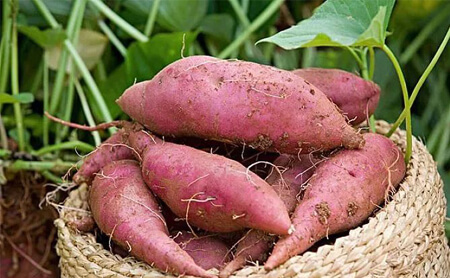

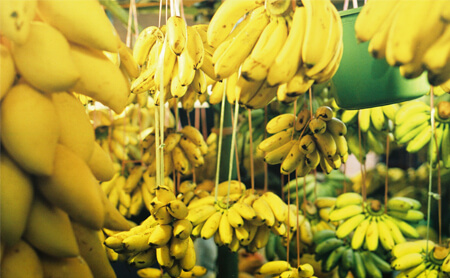



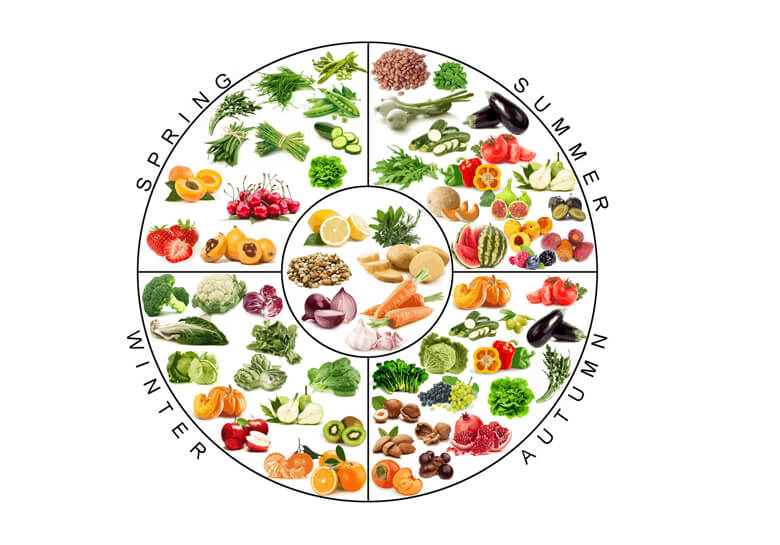
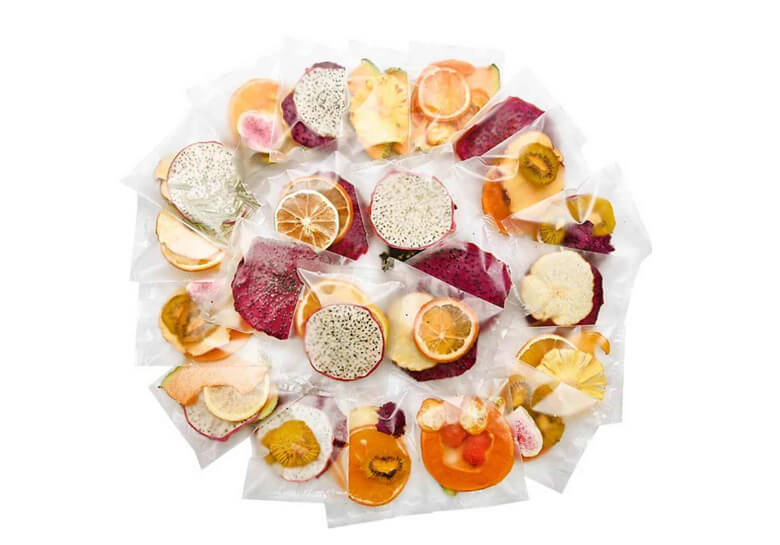



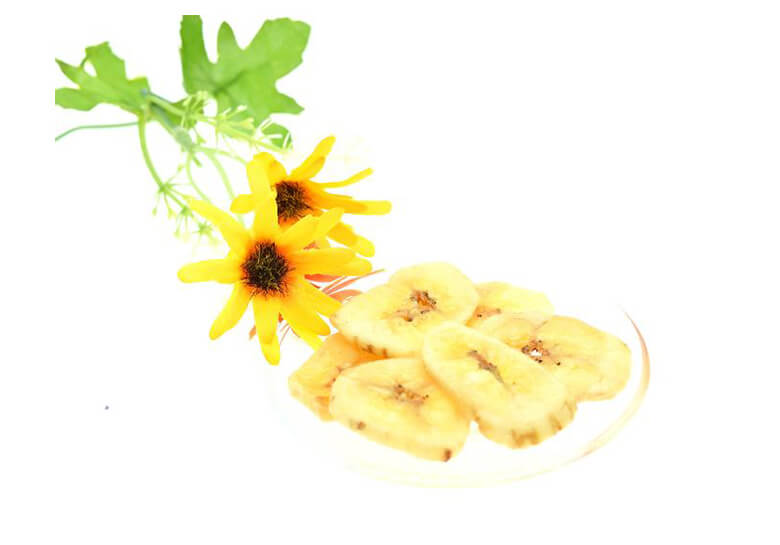
Leave A Comment